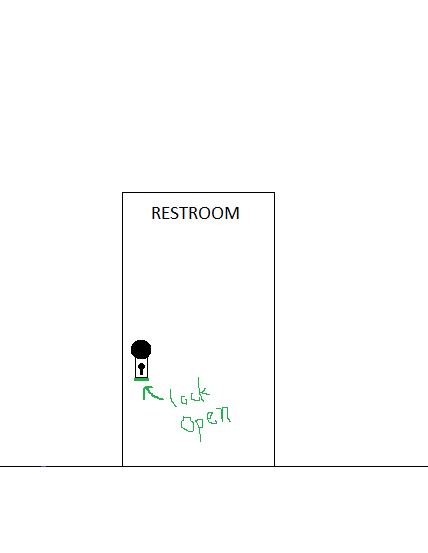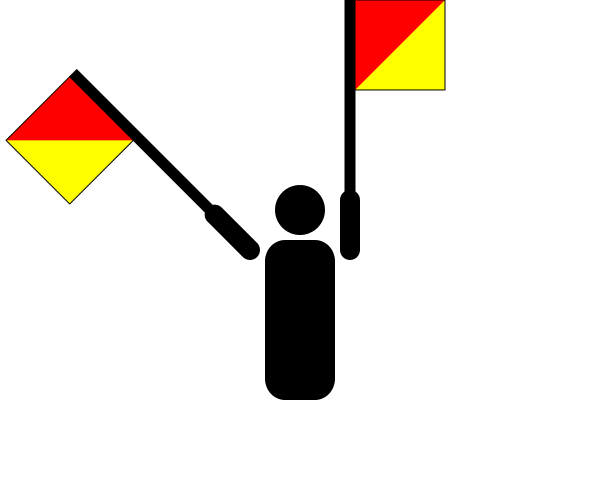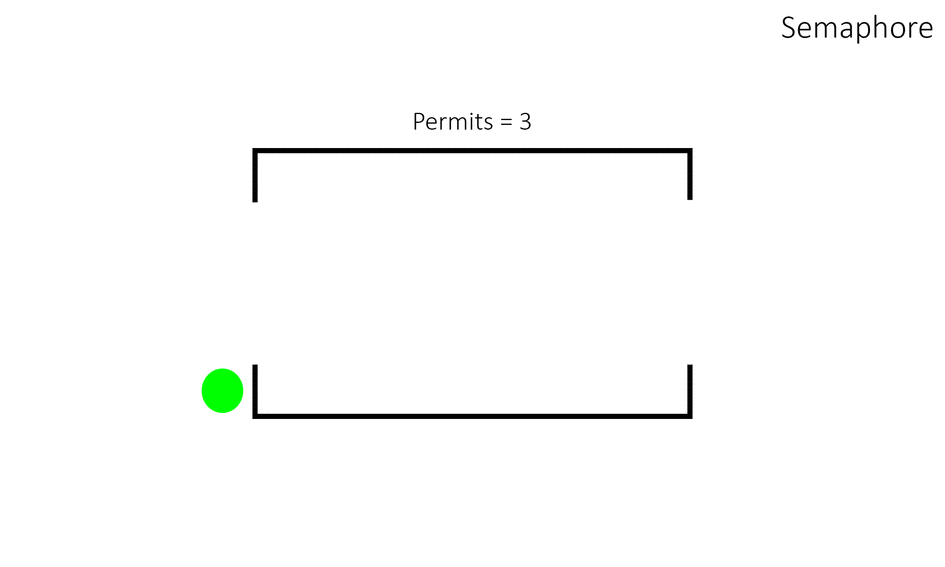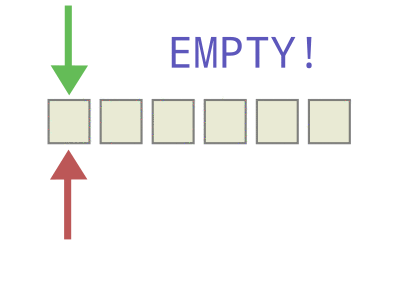Synchronization
Sema-More
This is the idea of a mutex: keep the other person out while you do your thing.

This is a semaphore:

Just kidding, this is a real semaphore:

pthread_mutex_t m = PTHREAD_MUTEX_INITIALIZER;
Semamore sem;
Stack s; //Thread Safe Stack
void* transaction_listener(void*arg) {
while(1) {
semm_wait(&sem);
stack_push(&s, get_transaction());
}
}
void* transaction_verifier(void*useless) {
while(1) {
semm_post(&sem);
transaction = stack_pop(&s);
verify(transaction);
}
}
int main() {
pthread_t tid1, tid2;
pthread_create(&tid1, NULL, transaction_listener, NULL);
pthread_create(&tid2, NULL, transaction_verifier, NULL);
pthread_join(tid1,NULL);
pthread_join(tid2,NULL);
exit(0);
}
Semamore Outline
Struct
typedef struct {
int value, max_value;
pthread_mutext_t m;
pthread_cond_t cv;
} Semamore;
- When
max_valueis reached- All thread trying to post should be blocked
- Where/how do you notify these blocked threads when a thread decreases the semamore’s value below
max_value?
- When 0 is reached
- All thread trying to wait should be blocked
- Where/how do you notify these blocked thread when a thread increases the semamore’s value above 0?
Remember to not burn CPU
Spurious Wakeups?
if(!condition)
pthread_cond_wait(&cv, &mutex);
What is wrong with the code above?
Not-So-Broken Barriers
What does a barrier look like? Glad you asked.

void * entry_point(void *arg)
{
int rank = (int)arg;
for(int row in thread_range)
for(int col = 0; col < COLS; ++col)
DotProduct(row, col, initial_matrix, final_matrix);
// Make sure the threads stop before moving on
int rc = pthread_barrier_wait(&barr);
//Check for error
if(rc != 0 && rc != PTHREAD_BARRIER_SERIAL_THREAD)
{
printf("Could not wait on barrier\n");
exit(-1);
}
for(int row in thread_range)
for(int col = 0; col < COLS; ++col)
DotProduct(row, col, final_matrix, initial_matrix);
}
Please read the coursebook about this!
Thread-Safe Queues

Remember CS 125/225! Appending to the head of a linked list, other edge cases, etc…
Reminders
- Use a while loop to check the condition when using
cond_wait. - A thread might be awoken even the condition for waking up is not reached.
- Google spurious wakeups: https://goo.gl/TEJVOl
- Write a correctly working queue first before making it thread-safe
-
PTHREAD_MUTEX_INITIALIZERonly works for static initialization - Use
pthread_mutex_init(&mtex, NULL)in other cases - Think of all critical/edge cases to test your queue/semamore
- Consider one thread that starts working really late
- Semamore is not a real term!
Questions?
Credit Where Credit is Due
Credit to https://habrahabr.ru/post/277669/ for most of these animations!